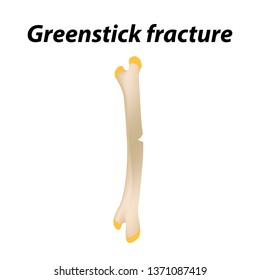Why Does Soft Tissue Treatment Pain? Understanding The Refine
Why Does Soft Tissue Treatment Pain? Understanding The Refine
Blog Article
Writer-Huffman Yildiz
When you undergo soft Tissue therapy, you might find it remarkably uneasy. This discomfort develops as stress is related to stressful muscle mass and broken cells, activating your discomfort receptors. While it can feel stressful in the moment, there's a reason behind this experience. Comprehending what occurs in your body throughout these therapies can help you appreciate the process. So, what exactly is going on under the surface area?
The Physiology of Pain Throughout Soft Tissue Treatment
When you undertake soft Tissue treatment, your body's feedback to discomfort is an intricate interaction of physical processes. As the therapist applies pressure, your body turns on discomfort receptors, sending out signals to your brain. This activates the launch of neurotransmitters, such as substance P and glutamate, which enhance the feeling of discomfort.
Your muscles might also tense up in response, more complicating the experience. Furthermore, your body may release endorphins, all-natural medicines that can help ease some discomfort.
The interaction between these processes can produce a distinct experience for each and every individual. Recognizing this physical feedback assists you navigate the feelings during therapy, permitting you to appreciate the equilibrium between pain and the potential for healing benefits.
The Duty of Discomfort in the Healing Refine
Although discomfort throughout soft Tissue therapy can really feel overwhelming, it plays a crucial function in the healing process. When you experience discomfort, your body is indicating that it's functioning to fix damaged cells. This reaction helps increase blood flow to the afflicted location, delivering important nutrients and oxygen needed for recovery.
Furthermore, discomfort can advertise the launch of endorphins, your body's natural pain relievers, developing a sense of alleviation post-treatment. Embracing this discomfort can aid you recognize your body's limitations and motivate you to resolve underlying issues.
While click to read , this procedure is important for long-term healing and boosted function. Recognizing pain as an essential part of recovery can empower you to remain committed to your therapy.
Tips for Handling Pain During and After Therapy
Managing discomfort during and after soft Tissue therapy can substantially enhance your total experience and recuperation.
To begin, communicate openly with your therapist about your pain degrees; they can readjust methods as necessary. Making Read the Full Article of deep breathing methods can additionally help you loosen up and minimize discomfort.
Take into orthopedic massage therapy using ice to the cured location post-session to reduce inflammation and numb pain. Staying moisturized help in the healing procedure, so drink lots of water.
Gentle extending and light movement after therapy can promote blood circulation and convenience rigidity. Finally, ensure you get adequate remainder to allow your body to heal.
Carrying out these suggestions can make your soft Tissue therapy extra convenient and enjoyable.
Final thought
To conclude, while soft Tissue therapy can be uneasy, it's crucial to acknowledge that this discomfort plays an important duty in your recovery trip. By understanding the physical actions at play, you can approach the therapy with a more favorable mindset. Remember, the initial pain typically paves the way to alleviation as your body launches endorphins. Embrace the process, and do not wait to make use of the pointers for handling discomfort to improve your experience and recovery.
